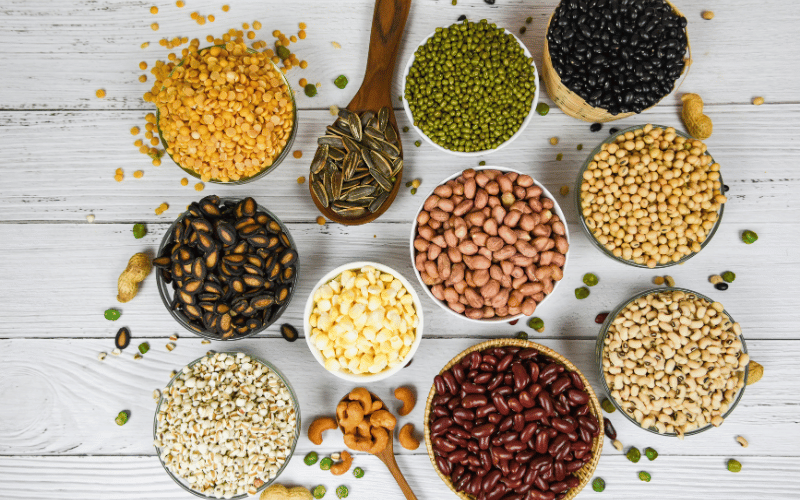3. Phytic Acid in Grains and Legumes: The Iron Absorption Shield

Grains and legumes are staples in many diets, but for individuals with hemochromatosis, they offer more than just sustenance. Phytic acid, found in foods such as beans, lentils, and whole grains, is a natural compound that can inhibit iron absorption. This doesn’t mean you need to feast on beans at every meal, but rather, incorporate them into your diet in a way that complements your iron management goals.
Take, for example, a dish of hummus paired with whole-grain pita bread – not only is it delicious, but it also brings phytic acid to the table. While phytic acid has been unfairly dubbed as an ‘anti-nutrient,’ in the context of hemochromatosis, it’s a beneficial ally.
And the versatility of grains and legumes is vast. A lunchtime quinoa salad or a dinner featuring lentil soup can break the monotony of a restrictive diet. It’s not just about limiting iron; it’s about embracing the variety of tastes and textures that these foods offer.
Remember, preparation is key. Soaking and sprouting grains and legumes can enhance their nutritional profile and may also alter the phytic acid content. An overnight soak might just be the trick to preparing a nutrient-rich, iron-managed meal.
And there’s a creative twist: these ingredients are not just sides but can be the main event. Think lentil patties, chickpea stews, and whole-grain risottos – each dish is an opportunity to mix culinary delight with nutritional strategy. (3)